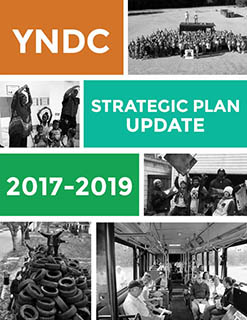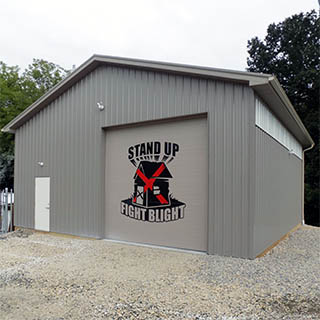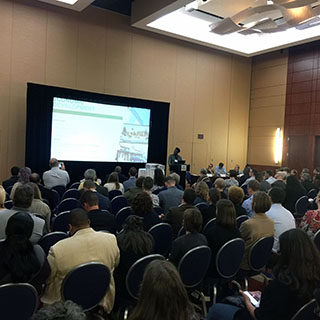Some local leaders would like to see the city adopt more aggressive ordinances to help combat the problem of out-of-town property owners.
Youngstown currently has the power to use tax foreclosure to take control of delinquent properties, as well as spot blight – a form of eminent domain.
If a property poses a nuisance to an otherwise stable neighborhood and the city can prove the owner has been unresponsive to code enforcement, spot blight allows the city to buy the property from the owner at fair market value.
This applies only in instances where the house would have value after rehabilitation, however.
Before this year, the city never successfully implemented spot blight, in part because owners flip properties when they’re made aware of the proceedings. A house the city finally obtained on Glenwood Avenue saw three owners in the 12 months before its acquisition.
Ian Beniston, executive director of the Youngstown Neighborhood Development Corp., noted that both tax foreclosure and spot-blight programs cost the taxpayers.
This would not be the case, however, if the city adopted a point-of-sale ordinance, some experts maintain.
This ordinance, successfully implemented in Cleveland Heights and other cities in Northeast Ohio, would require a process similar to a home inspection conducted during the mortgage process, but it’s done for the benefit of the city rather than the buyer or seller.
It results in an affidavit listing all code violations before the transfer of a property’s title.
“That makes it extremely difficult for these properties to continue to cycle because they can’t transfer without a signed affidavit from the city,” Beniston said. “The thing I think is most interesting and intriguing about it is that it basically says make an investment or cancel [the sale].”
BEST OPPORTUNITY
Rick Wagner, housing director for Cleveland Heights, said they’ve had a point-of-sale ordinance since the 1970s, and it works about 90 percent of the time.
“The time of property transfer is when the cash is changing hands,” Wagner said. “That’s your best opportunity to get some work done on the house.”
It also presents an opportunity to obtain contact information from out-of-state investors, he said.
Jack Daugherty, neighborhood stabilization director at YNDC, said point-of-sale forces the current owner to deal with the situation. It stops the owner from transferring to other investors.
“That’s how the transfer cycle continues,” Daugherty said. “But if you stop it at that current owner and prevent that person from transferring it to someone else, it’s easier to pinpoint them and then figure out a strategy to get them to deal with it.”
Paying for It
Bill D’Avignon, director of the city’s Community Development Agency, said the city has considered point-of-sale, but it doesn’t have the resources necessary to implement it.
“I don’t think we have the manpower at this point and the time to be able to do it,” D’Avignon said. “It would be a little difficult to administer.”
Councilman Mike Ray, D-4th, supports point-of-sale. He said passing legislation the city can’t enforce doesn’t help anyone, but they need to look into the ordinance.
“We don’t want to make this a hindrance, but we would also like to do something that would hold folks accountable,” Ray said. “So they can’t just buy a property on Craigslist for $5,000 and then ... walk away from it.”
Like vacant and rental registration, point-of-sale is intended to finance itself.
YNDC released projections saying 1,000 homes under $25,000 are transferred in a typical year. If the city charged a $200 inspection fee, it would raise $200,000 – enough to cover the cost of implementation.
Wagner said Cleveland Heights’ housing department received more than twice their budget in fees on point-of-sale inspections and rental registration.
“It can become self-sufficient,” Wagner said. “We’ve gone far beyond that.”
VARIED REACTIONS
South Euclid also implemented a point-of-sale, but Paul Kowlaczyk, the city’s former building commissioner, said it created a lot of resentment, and residents successfully campaigned for a ballot referendum that threw the measure out.
The city near Cleveland has since incorporated some aspects of point-of-sale into its vacant-property registration program.
“We weren’t here to penalize owner-occupied homes,” Kowalczyk said. “It was really the homes that were being neglected that were going vacant.”
When banks foreclose in South Euclid, they must register the property, which requires a full exterior and interior inspection. They aren’t allowed to transfer the property until code violations are addressed.
“A lot of times the banks will transfer it to a rehabber or an investor, and then they get stuck with all these violations,” Kowalczyk said. “But we’ve been very successful in getting these houses back on the market as code-compliant structures.”
LOCAL ENFORCEMENT
Beniston said implementation of point-of-sale in Youngstown likely would push more properties to demolition at least in the short term, but that’s not necessarily a problem.
“As opposed to just having some of these continuing to cycle where they’re vacant, where they’re marginally occupied for a time or they’re a significant neighborhood nuisance and nothing productive happens, that’s not a bad thing, I don’t think,” Beniston said.
Mayor John A. McNally said his administration would consider a point-of-sale ordinance, but it needs to be something the city can enforce. He said code enforcement is a never-ending battle, but the city does a pretty good job given the scale of the problem.
“I think we are aggressive with what we have,” McNally said. “You’re never going to be aggressive enough for the people who are affected by it on a daily basis, [but] we try to get to everything as quickly as we can.”
To read the full story from the Vindicator, click here.
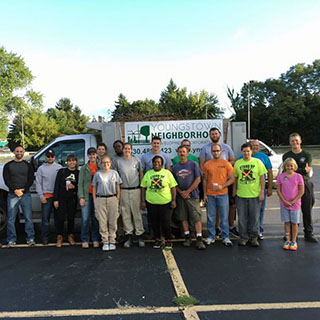 ,
, 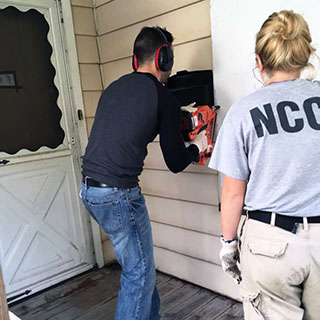 ,
, 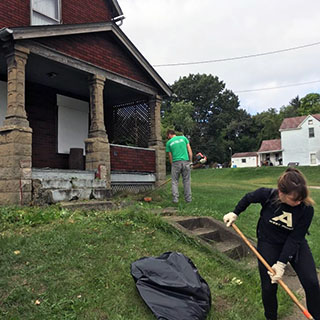 ,
, 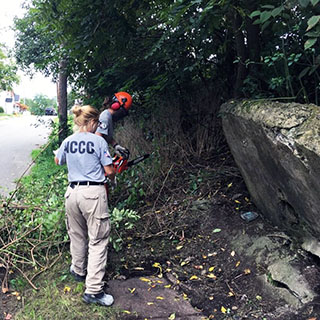
 ,
,  ,
,  ,
, 
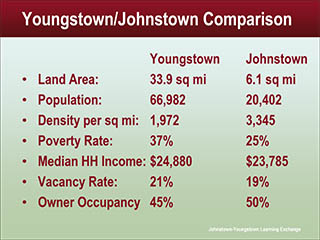

 ,
, 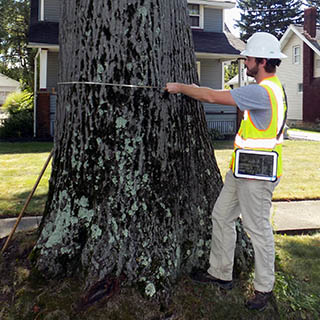 ,
, 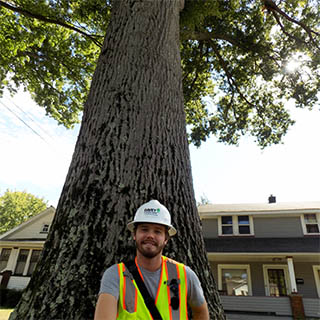
 ,
,  ,
, 

